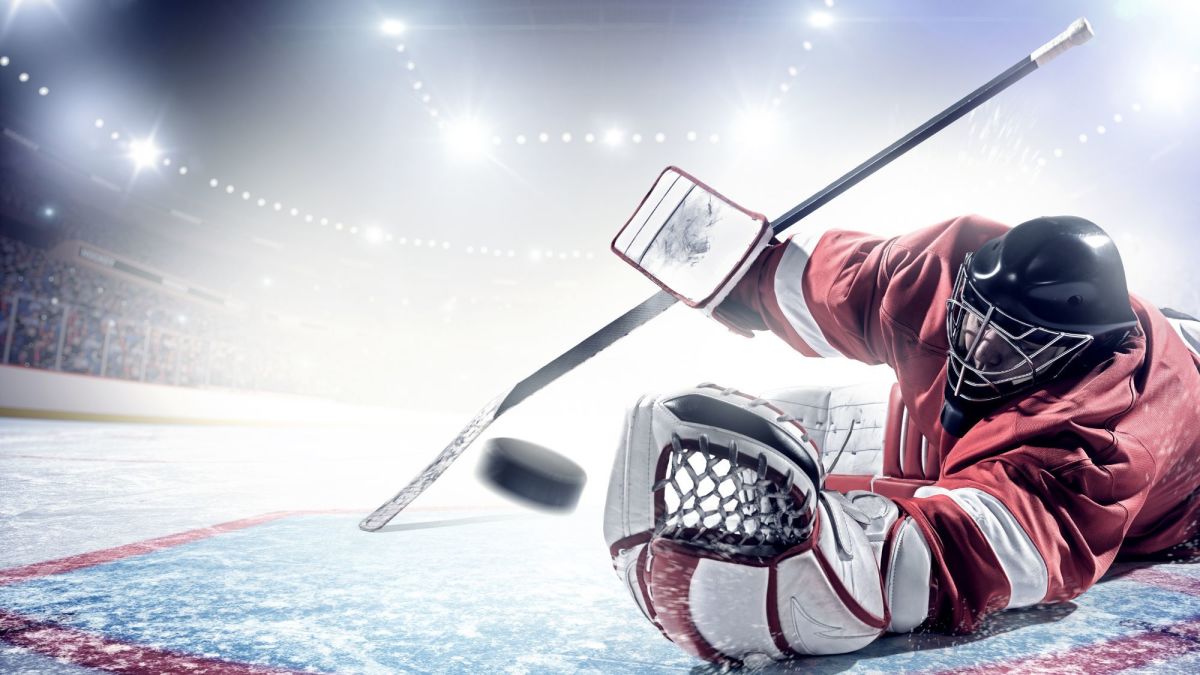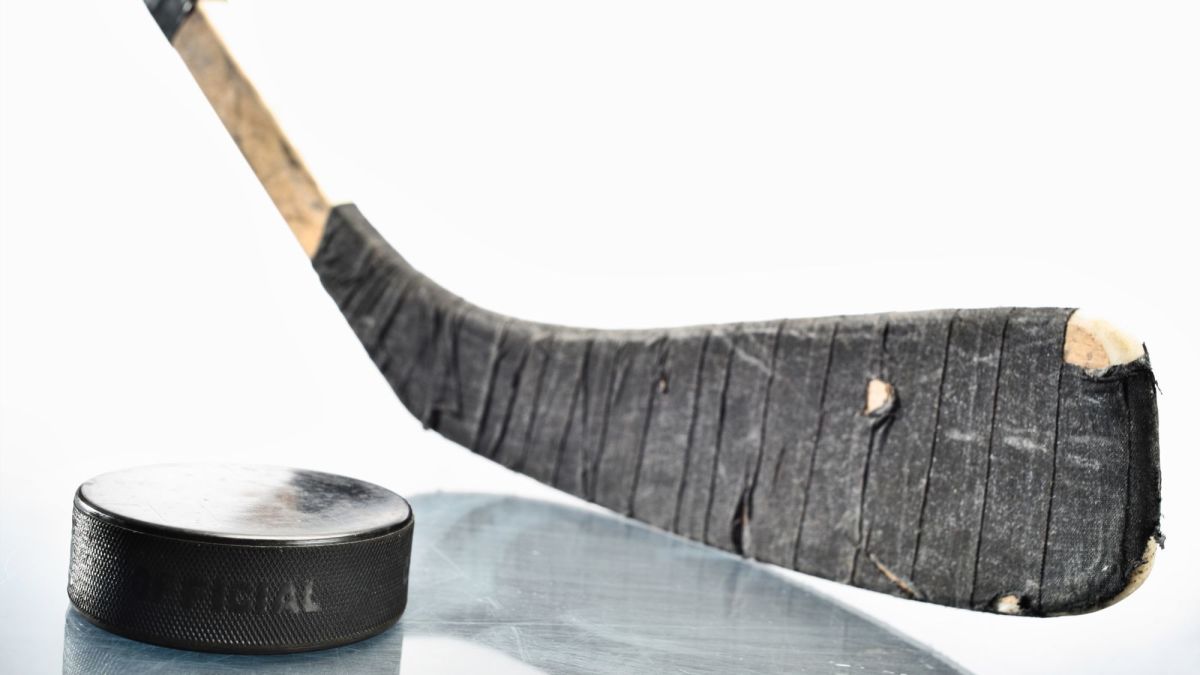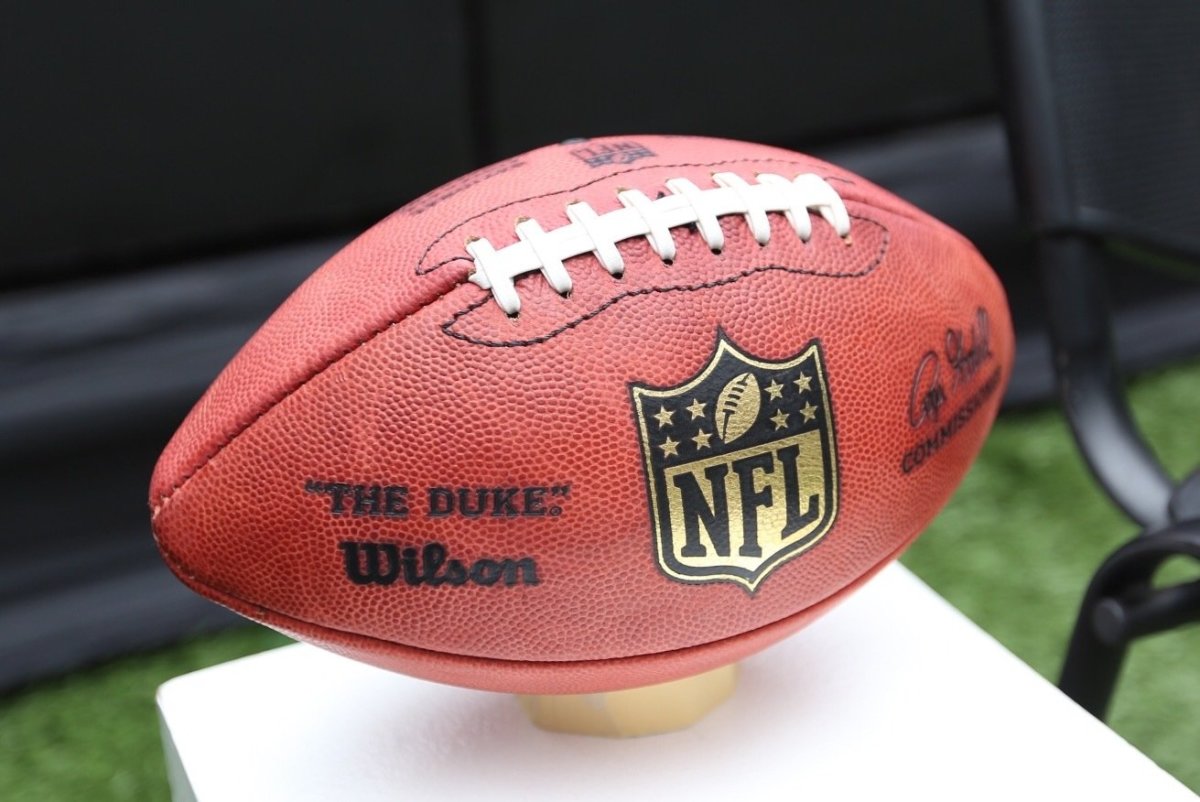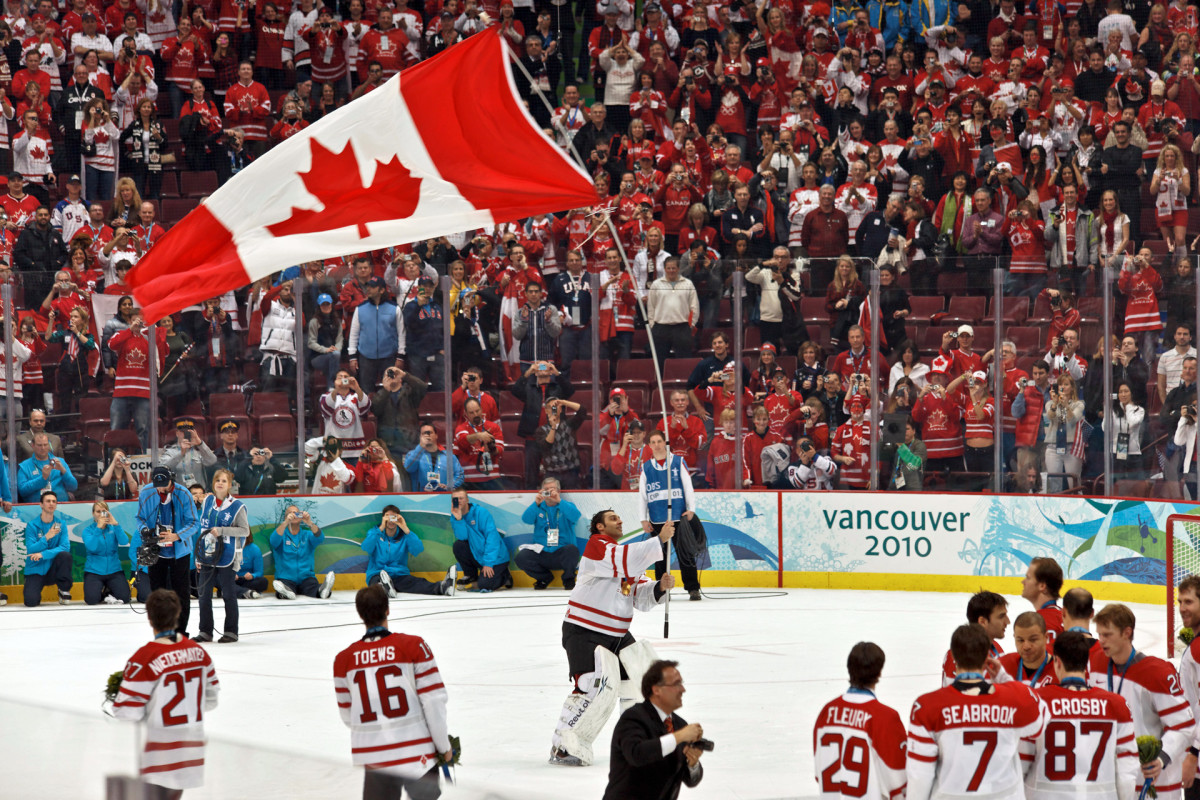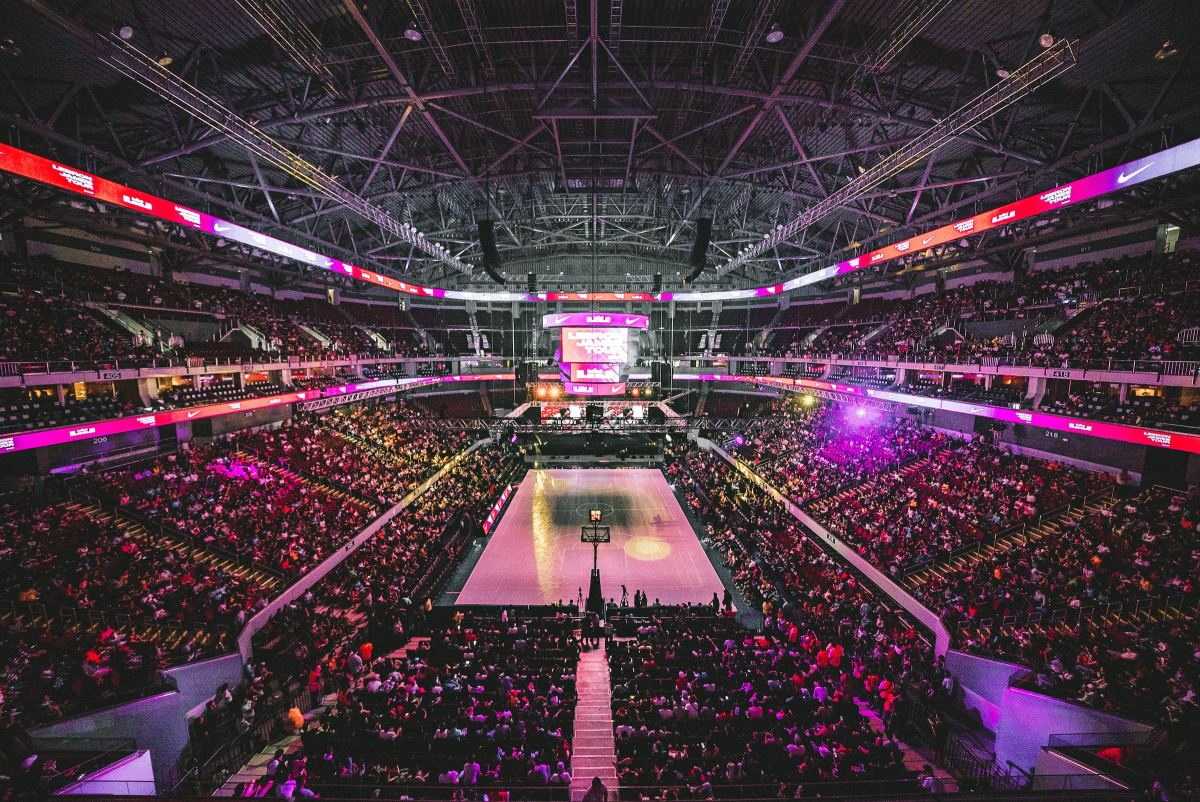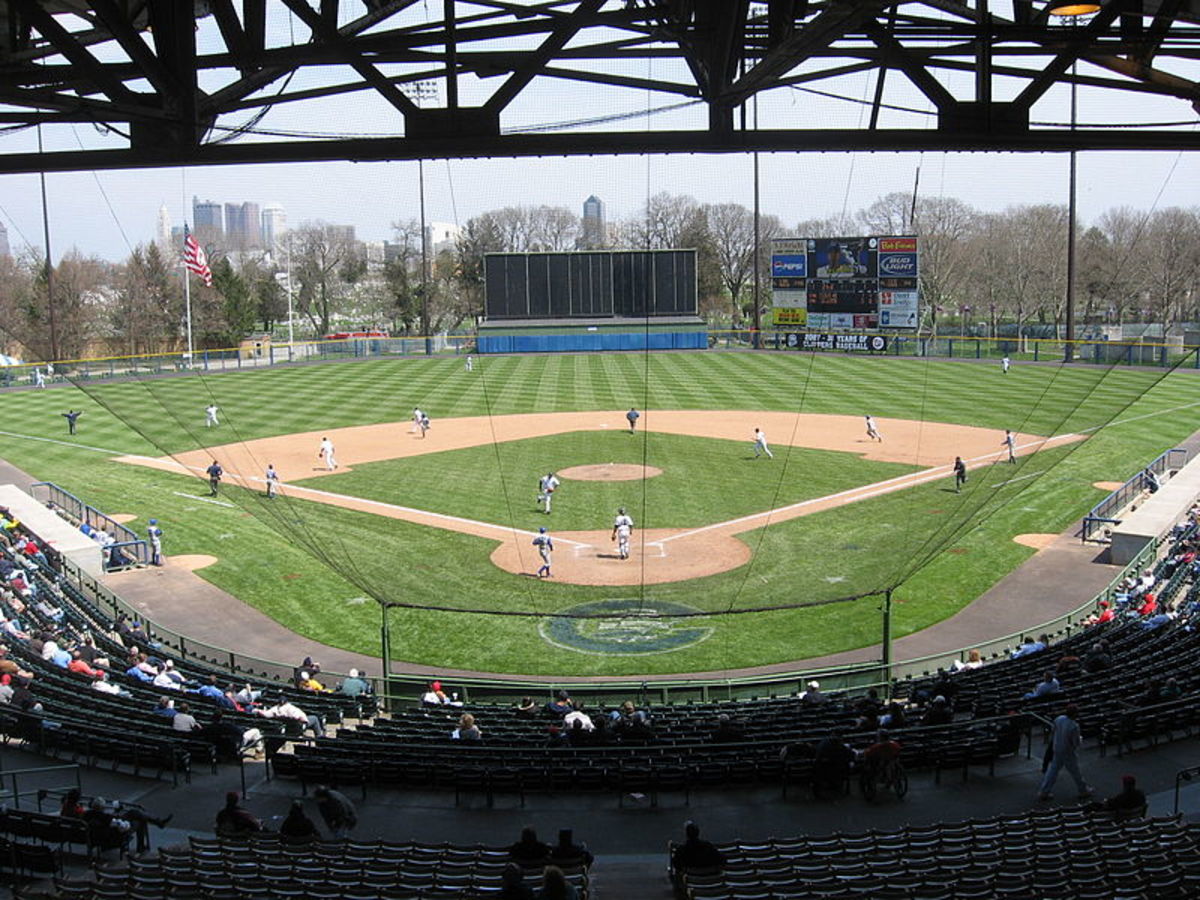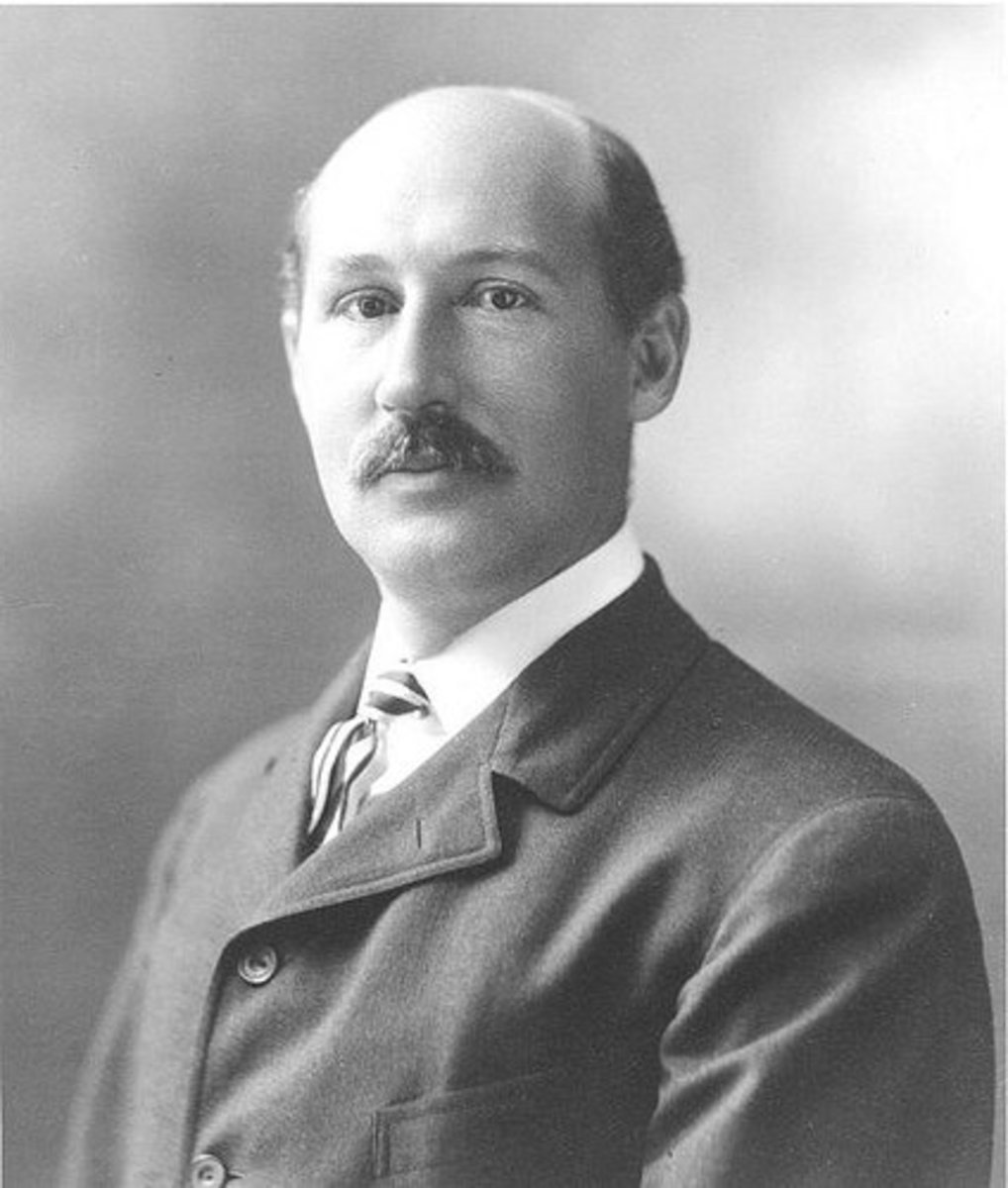Hockey Rule Changes 2013-14 NHL Season
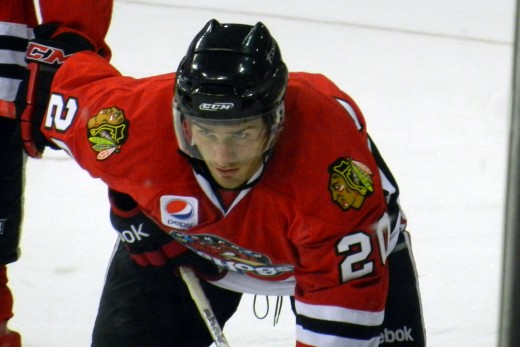
Stretch your head through the hole of your favorite player's sweater, grab your beer, and grit your teeth. Hockey season is here once again. Even though it takes up most of the year, it's my favorite part of the year. Nothing can replace the excitement and thrill of a hockey goal.
However, it seems like every year there are a few rule changes and the game is constantly evolving. This is understandable due to the size and skills of the players increasing exponentially. The NHL’s Competition Committee and Board of Governors approved five rule changes that will go into effect this year.
Rule Changes:
- Hybrid Icing
- Uniforms and Jersey Tuck
- Taking Helmets of in Fight
- Shallower Nets
- Legal Pads
I'm sure there will be some issues with these rule changes to begin with. I feel like I always end up getting upset at some rule change early on. They always seem to work out though. They are put in place for the player's safety or the interest of the game. Let's look a little deeper into these rule changes.
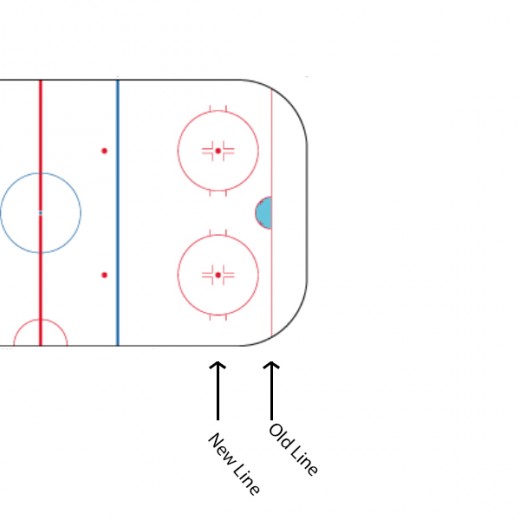
Hybrid Icing
Touch-icing was introduced in 1937 but things will soon change come Monday. Hybrid icing was implemented to reduce the risk of injuries from impact with the end boards when two players are racing for the puck in order to force or negate the call. It receives it's "hybrid" name from the combination of touch and no-touch icing. It will benefit the defensemen the most as this rule will move the finish line for the icing race from the goal line to the faceoff spots. This extra space will keep the players a safe distance from the boards in the time the icing is called.
In the event of a tie to the line the linesmen will side with the defensive player and blow the play dead. Play will be allowed to continue if the attacking player is more likely to touch the puck before the new icing line.
This is a controversial rule due to the fact that the call is dependent on a very quick decision by the official at a moment where things can be very close. I presume that a couple weeks into the season and no one will hardly notice.
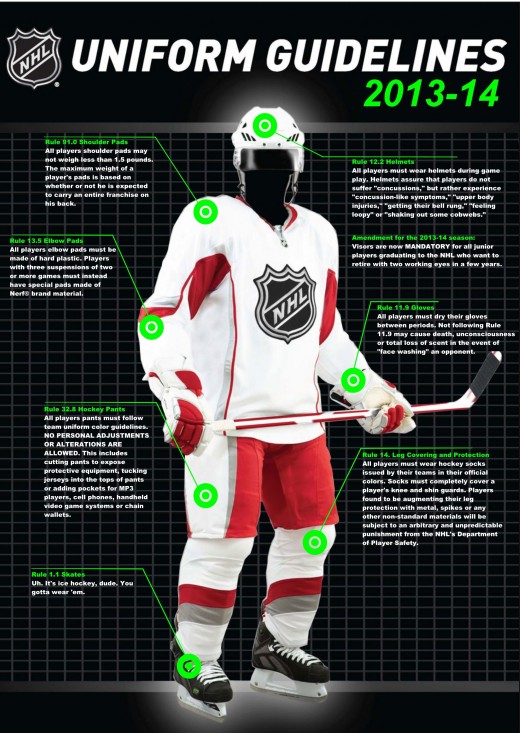
Uniforms and Jersey Tuck
Technically speaking part of this is not actually a "new" rule. The uniform rules have been in the NHL rule book since 1964 but has not been enforced over the years.
These will consist of:
- Not tucking the jersey into the pants.
- Have pads or skin exposed.
- Cut pants.
- Required Visor
The reason for these rules is, again, the players' safety. Exposed skin is at risk of being cut by the blades of a skate or a stick. Visors dramatically reduce face injuries from flying pucks. This will definitely hinder some of the players whom are known for cutting their pants to get a longer stride in their skate. This rule, no doubt, angered Alex Ovechkin who is known to tuck his jersey into his pants while he plays.
The visor rule will come with a grandfather clause. All players that have played fewer than twenty-five NHL games are required to wear a visor. Anyone who has been playing longer than that and does not use a visor is not required to wear one. I can understand some of the older players not wanting to be forced to put something in their line of vision, but I think it is still a great idea. Most of the younger players should not have an issue using them due to the fact that they already are used to using a required visor in the lower leagues.
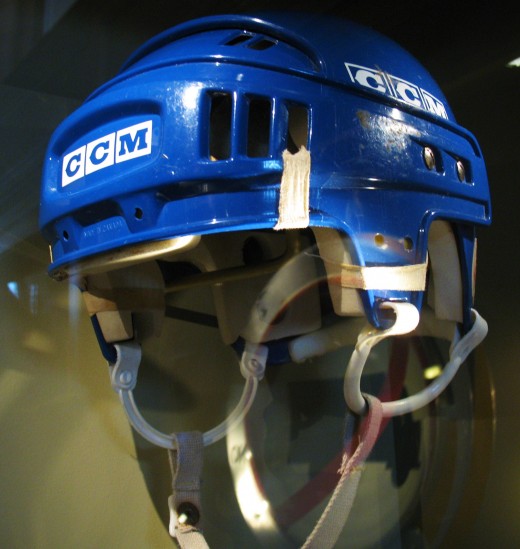
Taking Helmets of in a Fight
Players will now receive a little extra penalty if they remove their helmet prior to engaging in a fight. This will be a two minute penalty for unsportsmanlike like conduct. The idea behind this rule is to mitigate the danger that may come from removing the helmet and then falling back on the ice and hitting the head. The penalty of instigating a fight while wearing a visor will now be removed from the rule book in order to allow for the helmets to be kept on during a fight.
The Loophole: The thing I find the funniest about this rule is that players have found a loophole. During a fight the two players are allowed to remove the opposing players helmet for him resulting in no extra penalty for either person. A helpful gesture to begin the dual. The League actually rejected a provision giving the person who helps remove the other person's helmet a penalty as well.
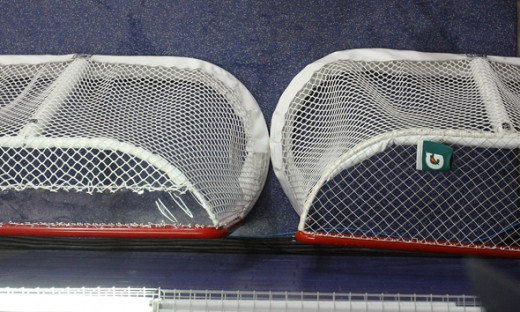
Shallower Nets
The new nets already seem to be making a difference in the game. Making the nets shallower allows more room for wrap around goals and behind the net passes. Personally I find these types of play extremely interesting. They really seem to add a thrill to the game.
This was achieved by removing four inches from both sides of the bottom frame totaling an eight inch difference to the size of the old goals. There is a small bit of concern for collisions due to increased attacks on goal, but so far it has only made the game more exciting.
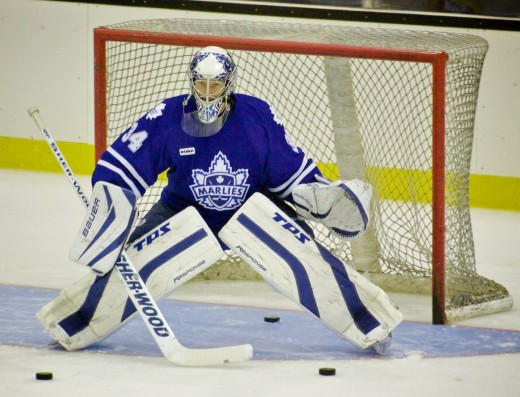
Legal Pads
This rule is to make some of the goalie's pads smaller. Due to the technicality of the rule it is better to let the NHL explain.
From NHL.com:
A goalie's leg pads can't go higher on his leg than 45 percent of the distance between the center of his knee and pelvis. The pads can go no higher than nine inches above the knee for goalies with an upper-leg measurement of 20 inches, which is roughly the average number for goalies in the NHL.
The previous rule, which was instituted prior to the 2010-11 season, stated that leg pads could not go higher than 55 percent of the distance between the center of a goalie's knee and his pelvis, and that a goalie with a 20-inch upper-leg measurement could wear a pad that goes no higher than 11 inches above the center of his knee.
Many of the goalies have bought forward the point that these smaller pads now leave the knee more exposed. The NHL is also looking into regulating the knee pad but with the leg pads changing this may give more room in the knee pad regulation. Hopefully smaller pads will not lead to injury. This rule changes is a little different as it looks as if the League is sacrificing safety for more goals and action. That just doesn't feel like a good idea.
If I Were Commissioner
What do you think of Hybrid Icing?
The Rejected
The decision was made not to use video replay to review high-sticking double minors. The reason for reviewing high-sticking calls is to make sure that a player is not given a penalty if it wasn't his stick that struck an opponent in the face. Unfortunately the NHL will put this one on the back burner for a while and we may see it in the future.
Rules Schmules, Let's Play
How do you feel about these rule changes? Some rules are set forth to decrease the risk of player injury, and some rules seem to be integrated for the speed or action of the game. Hopefully none of the rules that were changed will cause a drastic enough change in the game to ruin it. At first the fans will reject more than will be accepted, but by the end of the season all will be forgotten. In the light of things, hockey season is back and in full form. May the best team receive Lord Stanley.

